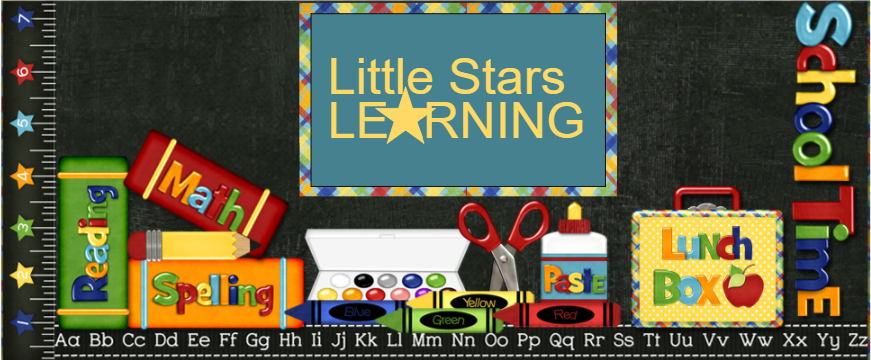This is a very calm and methodical method to use in discipline. It works if rules and expectations are clear and consistent, as they should be. Always.
What is a "discussion" and how does it impact discipline?
So just now I had a child complaining about another child taking a toy. Both boys are about to turn 4.
STEP 1 is a warning discussion:
"[Mr. H], do we need to have a discussion about your behavior?"Mr. H stands and looks at me, side-eyeing his activity, "No!"
"Do you know how you should be behaving and what you should be doing?"
"Yes!"
"Then I want to see that happening."
"Okay..."
Goes back to his activity.
Why it works:
When I talk to a child, I look them in they eye. They are expected to stand and look me in the eye, which takes them away, momentarily, from their activity. The rule here is that a child has possession of items as long as they are actively engaged with that item. Once they are not actively engaged with an item, then they lose possession and the item becomes available to others. So with this "discussion" I took him out of active play and made him concerned for his possession. It reminds him of what step 2 entails if he doesn't change his wayward path.
STEP 2 is a full-on discussion about his behavior
At this point, we discuss what he did inappropriately, what he should have done instead, and how he plans to respond in a similar situation in the future. It ends with a warning of a time-out consequence if the behavior is repeated. This discussion takes place away from the other children and play areas, removing the child from active possession of any items.Why it works:
- It reiterates the rules and expectations in place.
- It tells the child what TO DO, and creates within them an appropriate plan of behavior.
- It makes them indirectly lose possession of their activity, just as a time-out would, without segregation and direct discipline.
- It is a second-step, higher-level consequence to their continued bad choices.
- It gives them a specific future consequence if the behavior is repeated, placing the choice in the child's realm of responsibility.
 |
| These guys spend a lot of time in toy jail. Bad dinos. |
What a full-on discussion looks like:
Sometimes, as with Mr. L in the pic above, discussions take place because clarification of rules and expectations is necessary.
Mr. L is also almost 4. Rule broken: Taking toys from your friends.
Me: "Why can't he play with that toy?"
"I don't want him to."
"Were you still playing with it?"
"No."
"So he could play with it?"
"I didn't want him to."
"Then what do you need to do if you want to keep a toy safe?"
"I don't know."
"You need to put them in a safe spot. Where are the safe spots"?"
"On the counter."
"Yes, or in your cubby or you can hand it to me and ask me to put it on the dresser. If you ASK me to put something there, then you can also ASK me to get it down when you are ready to play with it again." [It also acts as toy jail.]
"But I wanted [Mr. H] to have it."
"Then you walk it over to him, ask him if he wants to play with it, and hand it to him. Leaving it lying on the floor makes it okay for ANYONE to play with it, and it is no longer your decision who gets to do so."
"Okay."
"So, since the toy is causing problems, its going up for the rest of the day."
"Okay."
"Now, where are the safe spots to keep toys you want to keep for yourself?"
"Counter, my cubby, or give it to you."
"Yes."
"And if you want to give a toy to a friend, how would you do that?"
"Go give it to him."
"Yes, and if he doesn't want it, then you put it away in the play area."
"Okay."
I will re-visit this discussion later in the day and once again the next day to ensure understanding. If it is something that needs to be reinforced to the entire group, I will do so in a group setting.
Tags: parenting, child care, daycare, preschool, discipline, toddlers, preschoolers, 3 year old, 4 year old, rules, expectations















No comments:
Post a Comment
Note: Only a member of this blog may post a comment.